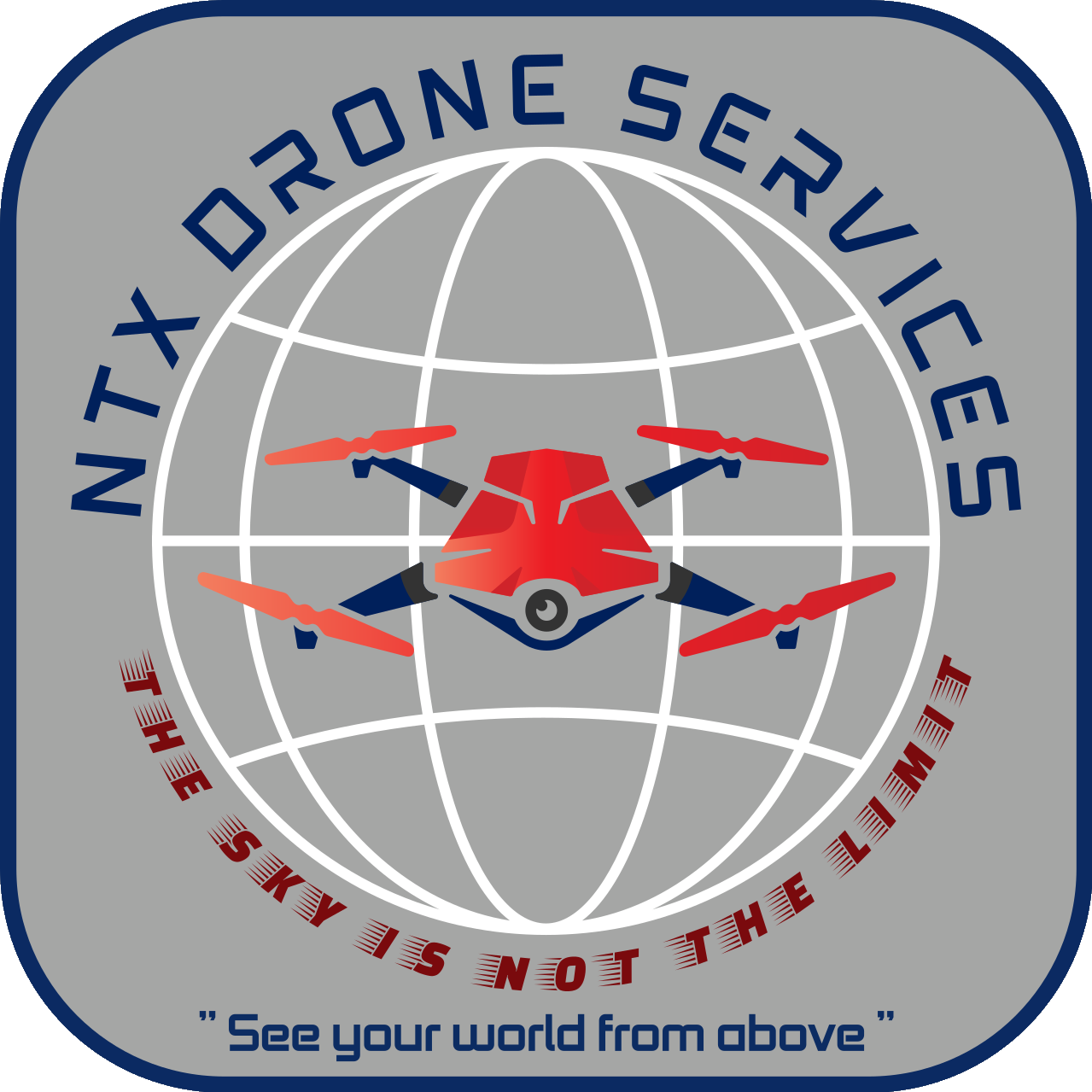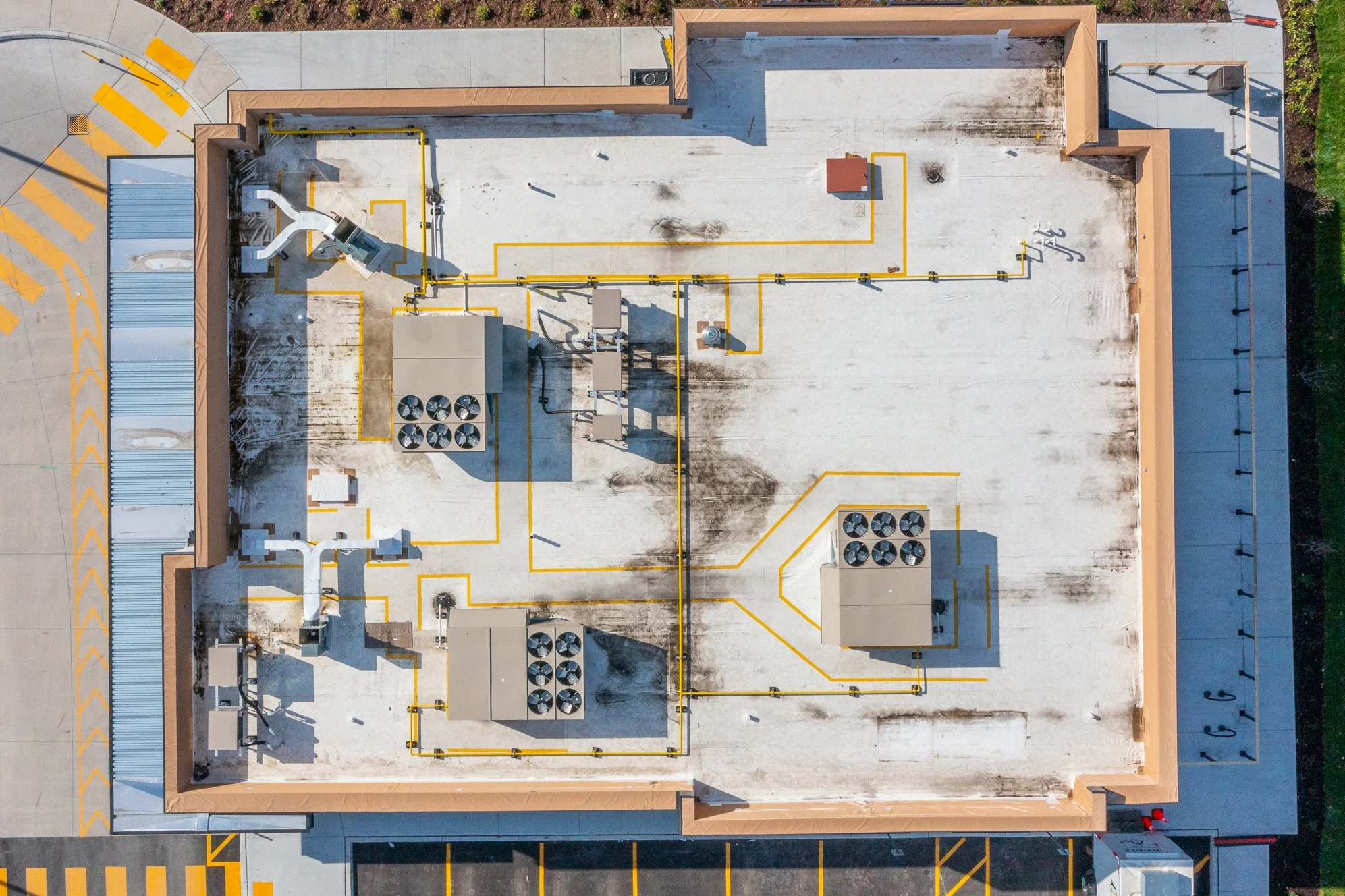Revolutionizing HVAC & Refrigeration: The Rise of Drone Inspections
In an industry where uptime is critical and margins are tight, the refrigeration and HVAC sectors are turning to a high-tech ally: drones. What began as a tool for hobbyists has evolved into a versatile inspection and data-gathering platform—offering facility managers, technicians, and contractors a safer, faster, and more cost-effective way to monitor and maintain vital systems.
As the push for energy efficiency, predictive maintenance, and operational transparency intensifies, drones are taking flight—quite literally—as a game-changing solution.
Why Use Drones for HVAC and Refrigeration Inspections?
HVAC and refrigeration systems are often large, complex, and physically difficult to access. Rooftop units, distribution center cooling infrastructure, and long refrigeration lines tucked above ceilings or in mechanical chases are time-consuming and sometimes dangerous to inspect manually.
Drones simplify this process by providing aerial and up-close access to these assets—without the risks or inefficiencies of ladders, lifts, or scaffolding.
Top Benefits of Drone Use in the HVAC & Refrigeration Industry
1. Enhanced Safety in Hazardous Environments
Drones reduce the need for technicians to work at heights or in confined, low-temperature areas. For example:
- A technician no longer needs to climb onto a 300,000 sq. ft. distribution center roof to inspect 20 rooftop RTUs. A drone can do it in under 20 minutes with no fall hazard.
- In freezer warehouses operating at -5°F, drones can assess evaporator coil frost buildup or door seal conditions without subjecting personnel to prolonged exposure.
2. Thermal Imaging for Proactive Maintenance
Drones equipped with infrared (IR) cameras can identify:
- Refrigerant leaks: Cold spots along lines or coils.
- Insulation failures: Heat loss in freezer walls or roof decks.
- Overheating motors: Identifying failing compressor or fan motors before they trip out.
- Unbalanced airflow: In duct systems or across evaporator banks in walk-ins.
✅ Example: A cold storage facility using drone-based IR imaging identified a failing door gasket on a rarely used dock door. Addressing the issue reduced ice buildup and saved thousands in defrost energy costs annually.
3. Faster Inspections with Fewer Resources
Drone inspections are dramatically faster:
- A 10-unit RTU system on a supermarket roof can be visually and thermally inspected in 15–20 minutes versus 2–3 hours manually.
- In large grocery stores, drones can be flown over the case lines and walk-in boxes after hours to detect hotspots or airflow obstructions without moving inventory.
✅ Example: A regional HVAC contractor integrated drones into their PM program for a national retail client. Over a year, they reduced rooftop inspection labor by 42% and reported a 25% drop in mid-season emergency calls due to better early detection.
4. Inventory and Space Monitoring in Cold Storage
Drones equipped with RFID or barcode readers can scan pallets or inventory in large freezer warehouses. They can also:
- Identify blocked airflow paths
- Monitor for condensation or frost formation
- Capture time-stamped video logs for compliance and traceability
✅ Example: A logistics company operating a 0°F cold storage warehouse uses autonomous drones to scan inventory tags and check for racking obstructions weekly—cutting inventory audit time from 3 days to 6 hours.
5. Support for Sustainability and Energy Efficiency Goals
With the help of drones, facilities can:
- Detect energy-wasting leaks or failures in envelope integrity
- Verify HVAC optimization projects (like retro-commissioning)
- Benchmark performance across multiple sites using uniform aerial inspection templates
✅ Example: An energy management team for a national QSR chain used drones during their refrigeration retrofit program to validate roof unit performance and refrigerant line integrity across 50 locations in 3 states—completing audits 60% faster than traditional methods.
6. Remote Inspection and Documentation
Drone footage can be shared in real-time or archived, allowing remote engineers, auditors, or clients to review inspections without ever being on-site. This is particularly valuable for:
- National facility portfolios
- Remote client sign-offs
- Warranty documentation
- Commissioning reports
Key Use Cases for Drones in HVAC-R
| Use Case | Drone Functionality |
|---|---|
| Supermarket Refrigeration Inspections | Detect refrigerant leaks or condenser coil blockages via IR and 4K imaging |
| Data Center HVAC Monitoring | Monitor rooftop CRAC units and identify airflow inefficiencies |
| Freezer Distribution Centers | Inspect structural seals, dock door integrity, and evaporator function |
| Facility Commissioning | Document post-installation conditions with high-resolution aerial video |
| Preventive Maintenance | Schedule routine flyovers to create performance baselines and track degradation |
| Emergency Service Triage | Quickly assess roof or site conditions before dispatching a crew |
Challenges to Consider
While drone inspections bring enormous value, there are considerations:
- FAA Regulations: Licensed drone pilots (Part 107) are required for commercial use.
- Indoor Navigation: GPS signals may be limited in indoor settings. Drones with visual SLAM (Simultaneous Localization and Mapping) are preferred for enclosed warehouses.
- Data Management: High volumes of image and video data require structured storage and analysis workflows.
The Future of HVAC-R Maintenance is in the Air
As AI-enhanced drones, automated flight planning, and cloud-based analytics become more accessible, the benefits of drone-based HVAC and refrigeration inspections will only increase. Whether it’s lowering energy costs, extending asset life, or increasing technician safety, drones are poised to become a core part of every facility manager’s toolkit.
Are You Ready to Elevate Your Operations?
If you’re a mechanical contractor, facilities manager, or operations executive in the HVAC-R industry, it’s time to consider how drones can streamline your inspection and maintenance processes. Embracing this technology now positions you for safer, smarter, and more sustainable operations in the years ahead.
Need help designing a drone inspection protocol for your portfolio? Let’s connect and explore how drone technology can reduce your maintenance costs and improve uptime.



Woah! I’m really loving the template/theme of this website. It’s simple, yet effective. A lot of times it’s very hard to get that “perfect balance” between superb usability and visual appearance. I must say that you’ve done a superb job with this. Additionally, the blog loads very quick for me on Opera. Superb Blog!
Thanks for the positive feedback.